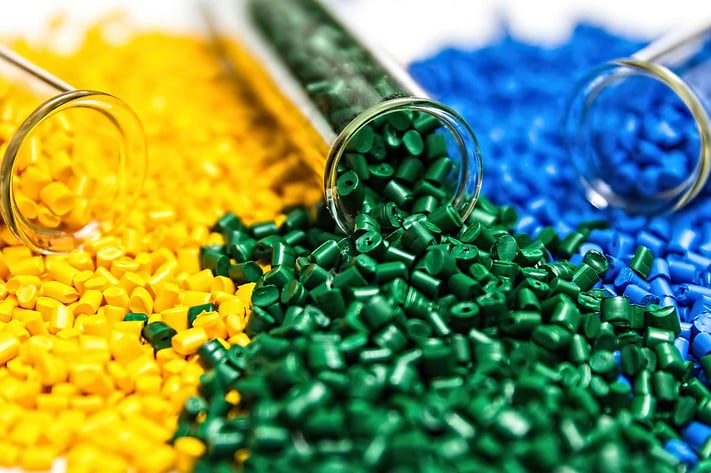
There are a wide range of design features that must be considered when designing a custom injection molding product. These choices may seem overwhelming to customers who are new to the custom injection molding industry, but fortunately, AIM Processing is eager to assist customers and guide them through common project design features. The following guide is the key to a successful molding project:
Custom Injection Molding Services: Wall Thickness
The initial design feature considered when planning a custom injection molding project is wall thickness. Wall thickness can be the detail that either makes or breaks the functionality of the final end-product. For example, non-uniform walls often result in non-ideal flow patterns as it concerns molten plastic. Thicker walls also run the risk of sinking defects and voids due to longer cooling times, which is why thinner, uniform wall thicknesses are always recommended when possible. If the part requires more structure, ribs is the way to go.
Custom Injection Molding Services: Rib Design
Custom injection molding projects implement ribs into the project design when reinforced strength is necessary. However, while ribs are allowed to comprise nearly 60% of the molds’ wall thickness, designers must be careful to limit rib design beyond this point. Anything greater than 60% will significantly increase the risk of mold sinking defects on the part’s outer cosmetic surface. Furthermore, while wall thickness ought to be limited to thinner dimensions, rib design features are most effective when they are thicker and shorter in measurement. For more structure, reduce the rib spacing.
Custom Injection Molding Services: Boss Design
Other design features that many projects benefit from are boss design elements. This unique custom injection molding technique implements screws and pins to bolster the strength of a molded and assembled product, as opposed to, or even in conjunction with, rib design features. Based upon the material you are using and the nature of the insert that you place in the boss, there are guidelines for the outer and inner boss diameters. Too thick, sinks will show. Too thin, the boss may crack.
Custom Injection Molding Services: Corner Transitions
Because severe angles will impede the flow of molten plastic during the custom injection molding process, it is crucial that these types of molds are designed with rounded curves rather than sharp corners. By employing this design technique, molders will avoid frustrating defects, such as improper cavity filling, which render the end product completely ineffective. Further, a smooth corner transition will reduce stress in the final product that could cause cracking. An inside radius of 50-75% of the wall thickness is a good guideline.
Custom Injection Molding Services: Weld Lines
Weld lines are when two flow fronts rejoin, commonly on the backside of a feature such as a through-hole. Planning in advance, one can often direct the flow so that the resulting weldline can be hidden by other features or aligned in a direction with reduced strength requirements. Unfortunately, a tool that presents a weldline in a place that impairs the final product can be very expensive to fix.
Custom Injection Molding Services

 SINCE 1993 MADE IN USA
SINCE 1993 MADE IN USA 

